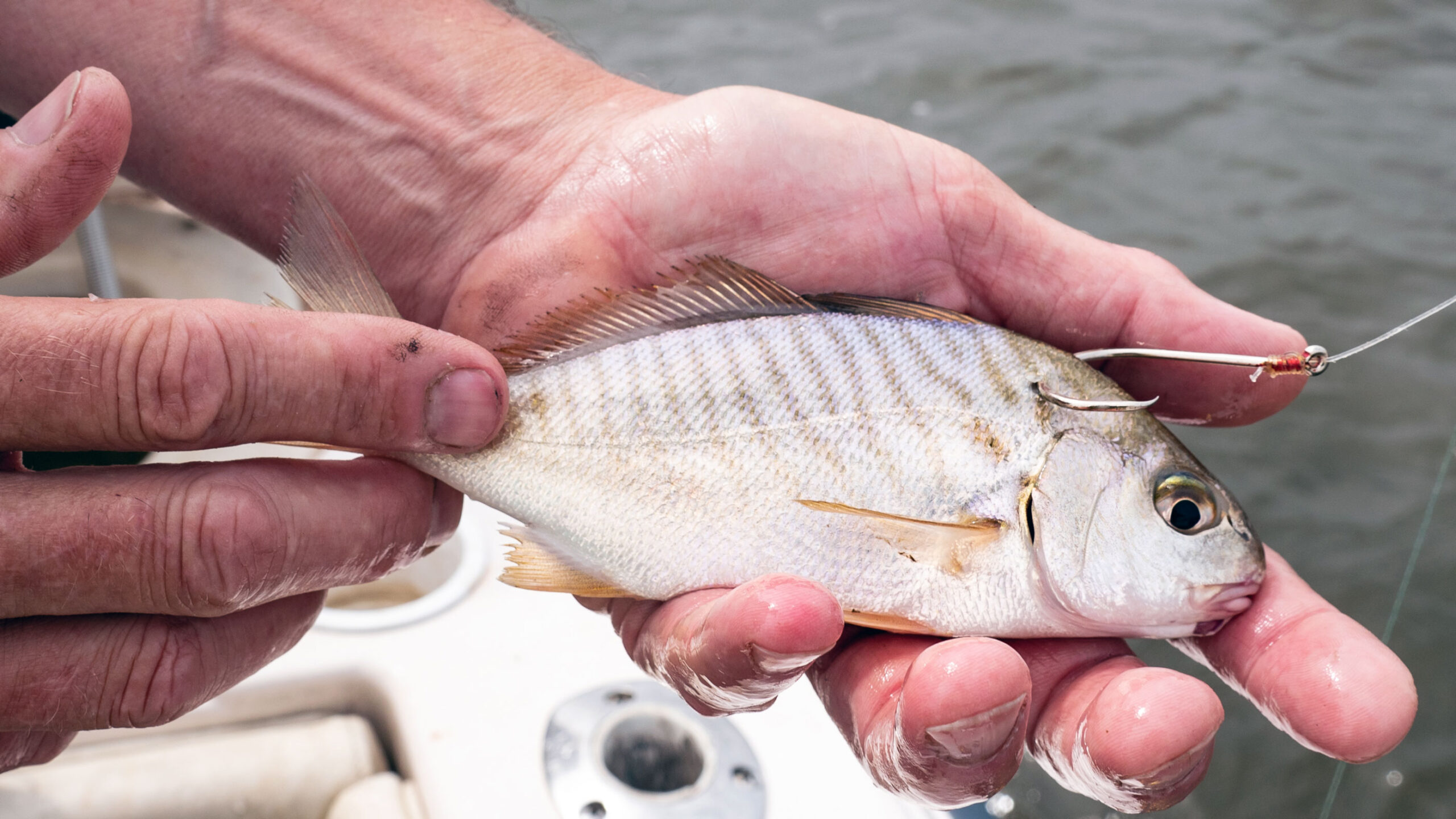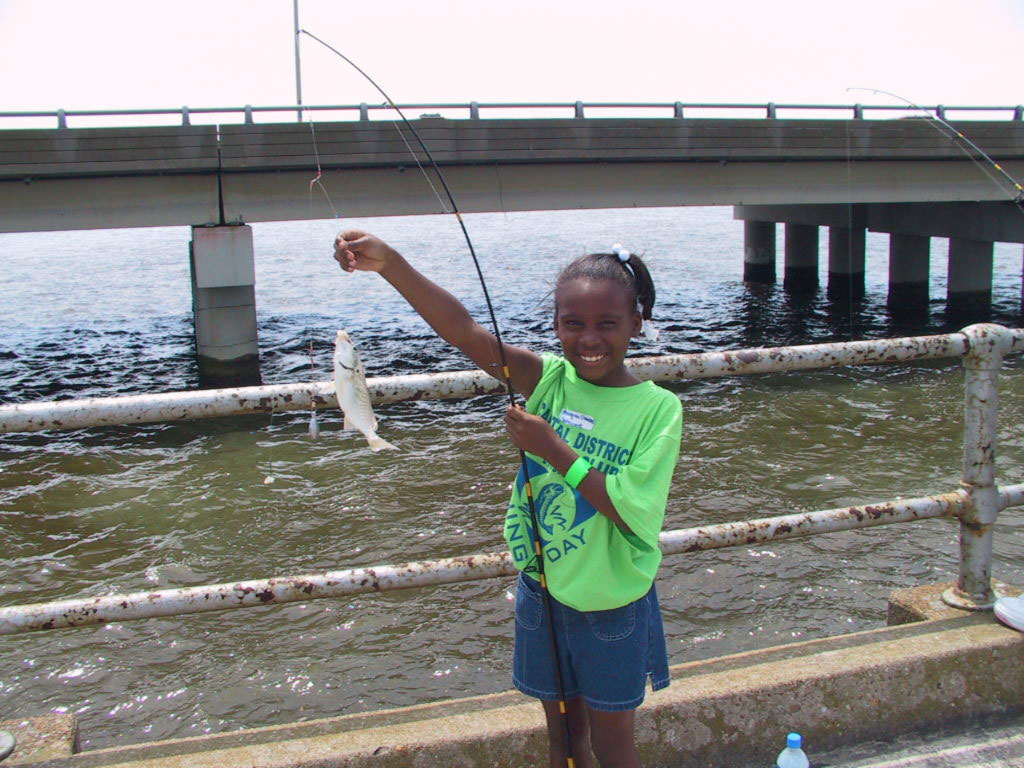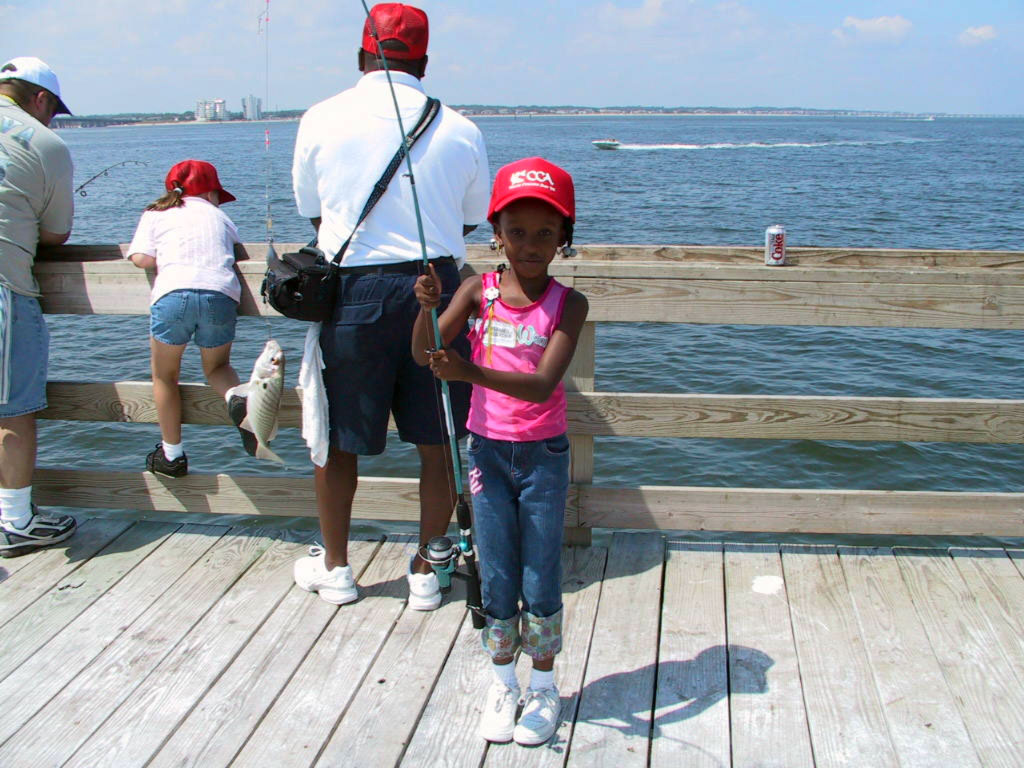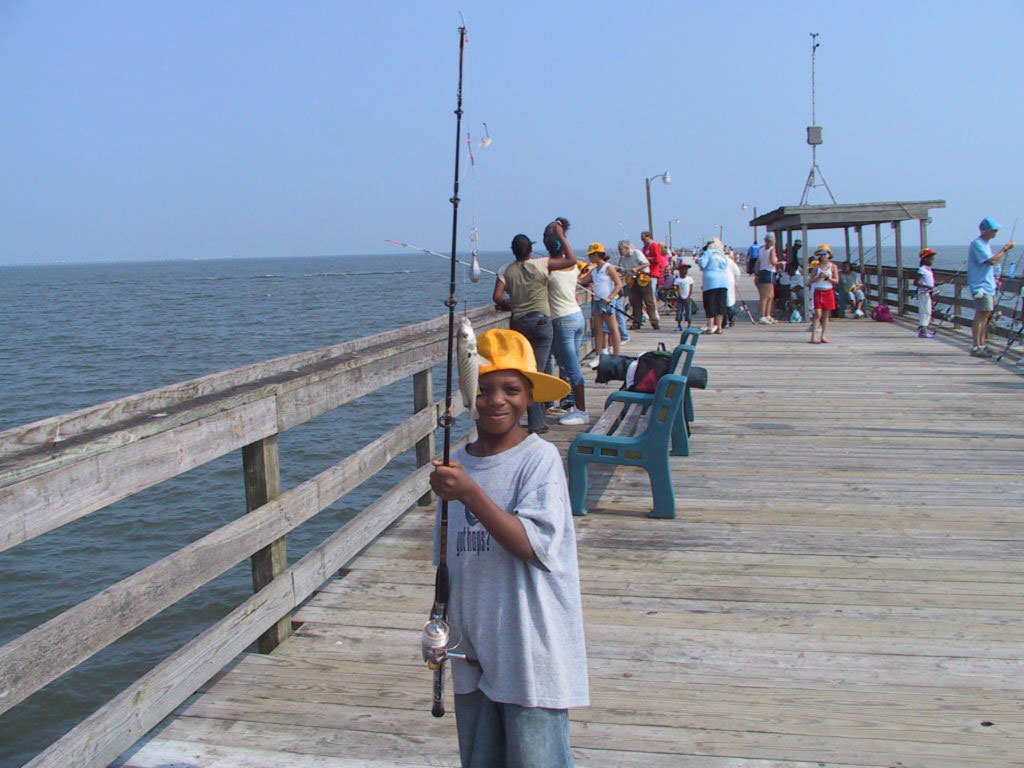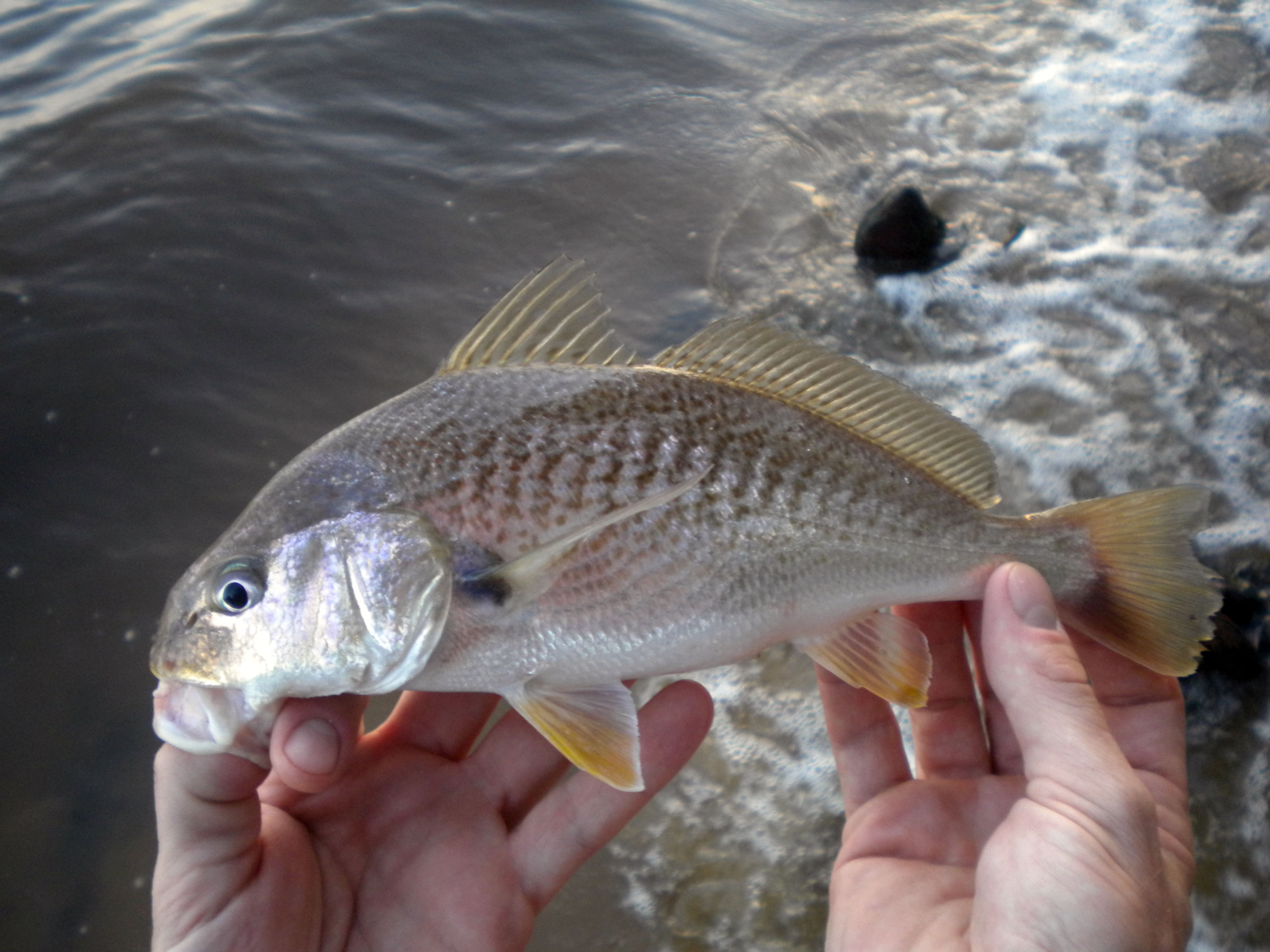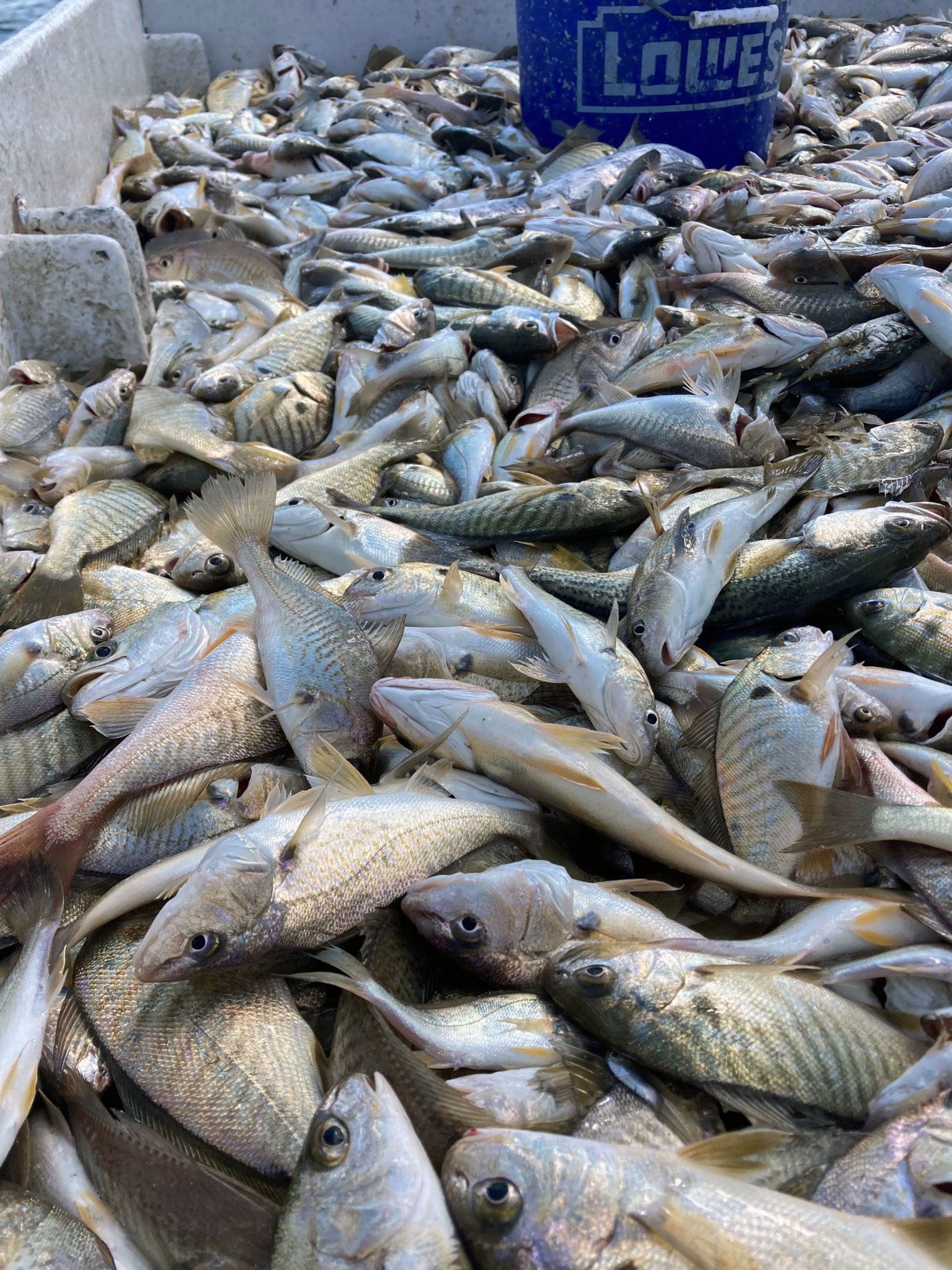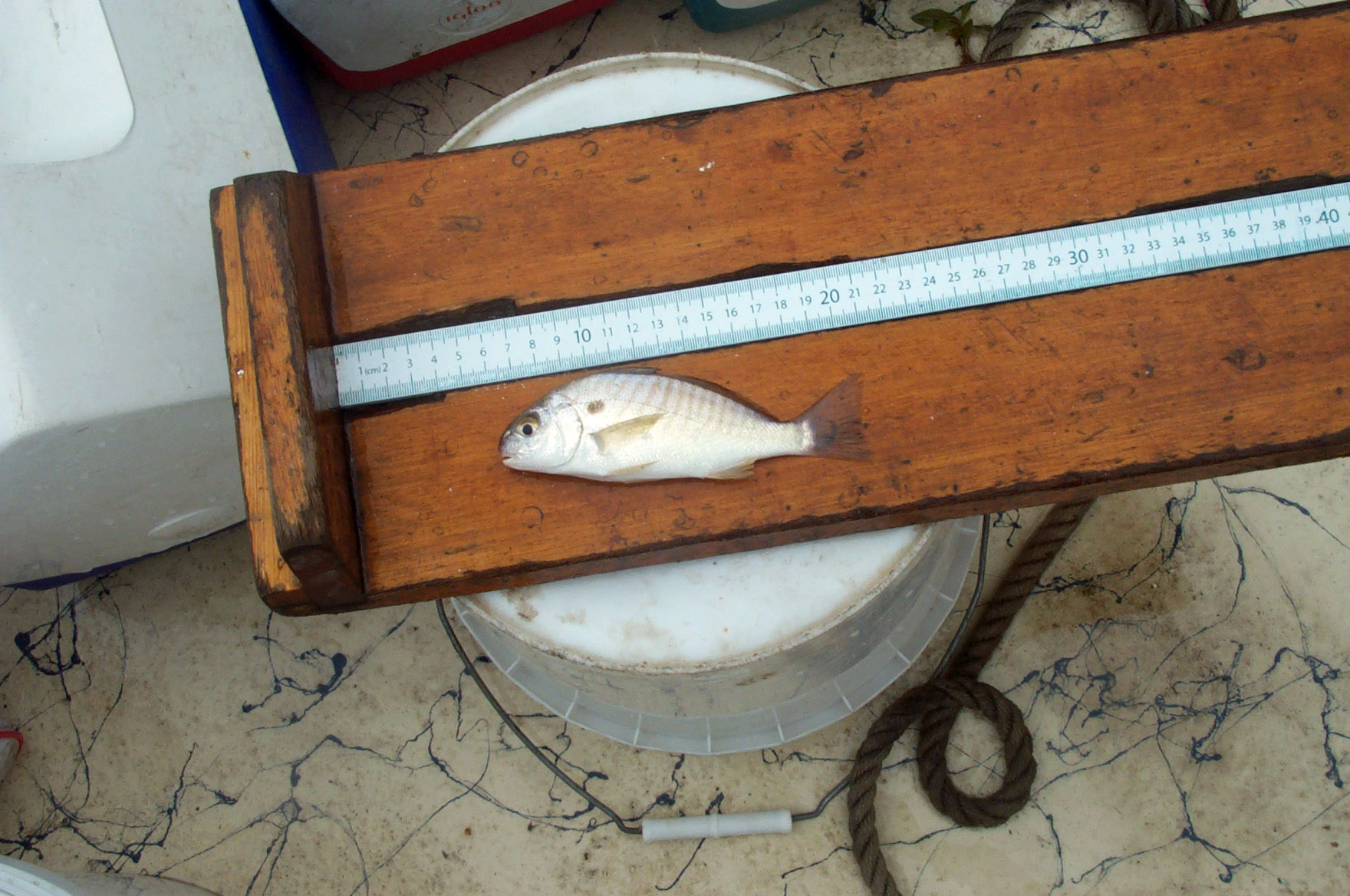Spot
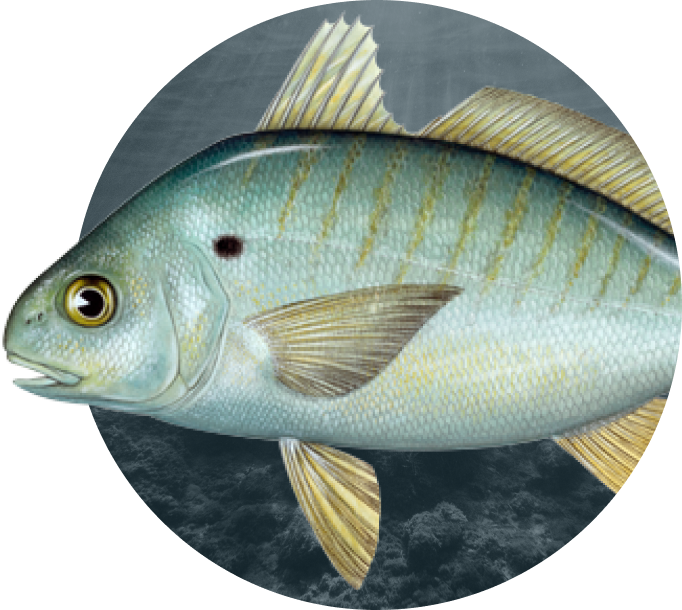
Latest News and Resources
-
Spot Plan Review Team Meeting Agenda — November 2025
-
Sciaenids Management Board Annual Meeting Presentations — October 2025
-
Sciaenids Plan Review Teams Meeting Agenda — November 2025
-
Sciaenids Management Board Annual Meeting Supplemental Materials — October 2025
-
Sciaenids Management Board Annual Meeting Materials — October 2025
-
Spot Management Program Overview
-

Population Abundance
Unknown

Fishing Mortality
Unknown
Current Status
Management action based on trend analysis for the Mid-Atlantic and South Atlantic. Changes to recreational/commercial fishery regulations initiated in 2020. Benchmark assessment will be initiated following completion of Atlantic croaker assessment.
Meeting Calendar
Next Meeting
No events found
Contacts
- Tracey Bauer, FMP Coordinator (TBauer@asmfc.org)
- Management Board, Doug Haymans, Chair
- Technical Committee, Harry Rickabaugh, Chair
- South Atlantic Advisory Panel, Craig Freeman, Chair
Species Information
Spot are beloved fish found along the Atlantic coast from the Gulf of Maine down to Florida, thriving especially from Chesapeake Bay to South Carolina. Each spring, they move into bays and estuaries to enjoy the warmer months before heading offshore to spawn in the fall. Spot are a favorite for both commercial and recreational fishermen, with most catches coming from Virginia and North Carolina. Due to their short lifespans and varying year-classes, Spot populations can fluctuate each year. Managed with size limits and bag restrictions, efforts are ongoing to keep Spot fisheries healthy and sustainable, ensuring that anglers can continue to enjoy catching these vibrant and important coastal fish.
Management
Spot is one of the 275 sciaenid species worldwide. The Commission manages six sciaenid species, which are commonly called drums, croakers, or hardheads for the repetitive throbbing or drumming sounds they produce. Spot is managed under the Omnibus Amendment for Spot, Spotted Seatrout, and Spanish Mackerel (2011), Addendum II (2014), and Addendum III (2020). The Omnibus Amendment updates all three species plans with requirements of the Commission’s ISFMP Charter. Addendum II established use of a Traffic Light Analysis to evaluate the status of the fisheries and potential coastwide or state-specified management actions (e.g. bag limits, size restrictions, time and area closures, and gear restrictions) based on the annual fisheries evaluation. The TLA has been used as a precautionary framework for fisheries with limited data to allow for a reasonable level of resource management. Addendum III revised the TLA’s trigger mechanism and management responses for the recreational and commercial fisheries.
In March 2017, a report on Sciaenid Fish Habitat was released including information on habitat for several species, including spot, during all stages of their lives, their associated Essential Fish Habitats and Habitat Areas of Particular Concern, threats and uncertainties to their habitats, and recommendations for habitat management and research. This report is meant to be a resource when amending FMPs in the future for these species.
Stock Status
In 2017, the first coastwide benchmark stock assessment was completed for spot. The assessment used a catch survey model to estimate population parameters (e.g., stock status, natural mortality, discard rates, and mortality) and biological reference points. However, due to conflicting trends in abundance and harvest, as well as other uncertainties, this assessment was not recommended to be used for management advice. There is a new benchmark stock assessment underway, scheduled to be completed in 2024.
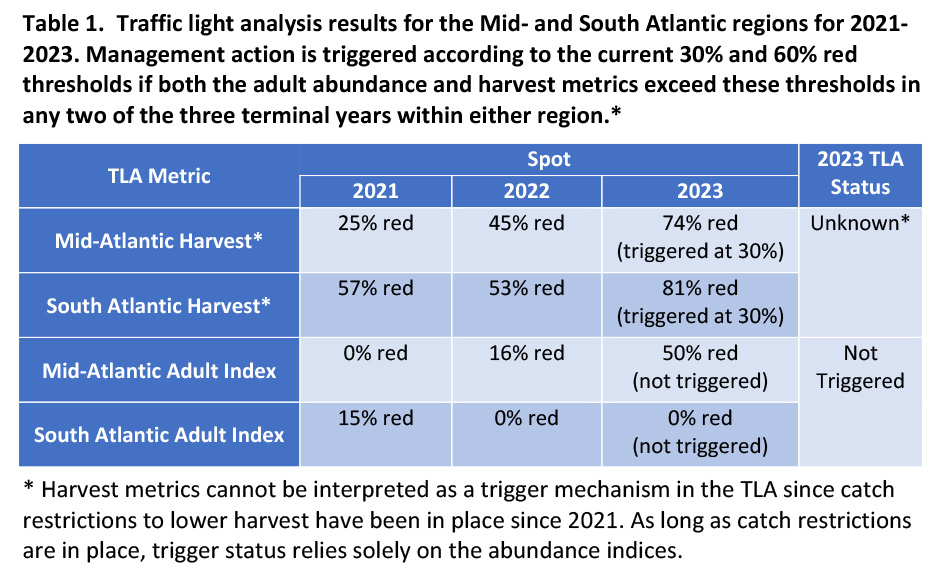
Established under Addendum II, a traffic light approach (TLA) is typically conducted each year to evaluate fishery trends and develop management actions, if necessary. The name comes from assigning a color (red, yellow or green) to categorize relative levels of indicators that reflect the condition of the fish population (abundance metric) or fishery (harvest metric). For example, as harvest increases relative to the long-term mean, the proportion of green in a given year increases, and as harvest decreases, the amount of red in that year becomes more predominant. The TLA improves the management approach as it illustrates long-term trends in the stock and includes specific management recommendations in response to declines in the stock or fishery.
Recent TLA runs showed conflicting trends, with significant decreases in commercial harvest and juvenile abundance, slight decreases in harvest from the recreational sector, and slight increases in adult abundance. Based on these conflicting trends, the Technical Committee evaluated the TLA and recommended several adjustments, including incorporation of additional abundance surveys, application of age-length keys and length compositions to all abundance surveys to better estimate the number of adults, use of regional rather than coastwide metrics, a new reference time period, and a new triggering mechanism. These changes were incorporated into Addendum III, which the Board approved in February 2020.
In October 2020, the TLA was presented to the Board using the new methodology outlined in Addendum III. The results triggered management action due to significant declines in harvest in both the Mid-Atlantic (north of Virginia-North Carolina border) and South Atlantic (North Carolina to Florida) regions, and adult abundance in the Mid-Atlantic region in recent years. The TLA was above 30% in 2 of the last 3 years, triggering a moderate management response. Addendum III outlines this management response in only non-de minimis states, and these states were required to implement a 50-fish per person per day bag limit and a 1% reduction in commercial harvest from their 10-year average. Addendum III states these management measures must be in place for at least two years, before being reevaluated based on adult abundance metrics. State implementation plans for management measures were approved in early 2021 and all new management measures were enacted by the end of 2021.
The TLAs for both species were updated with data through 2024, and presented to the Board in August 2025. Harvest exceeded the 60% threshold in the South Atlantic in two of the three terminal years and the 30% threshold in all of the three terminal years in the Mid-Atlantic. However, the abundance metrics did not trigger in either the Mid-Atlantic or South Atlantic. The Board agreed with the Technical Committee’s recommendation to maintain the current spot management measures. This decision was due in part to continued concern with low spot commercial and recreational harvest and results from a benchmark stock assessment expected in the next couple of years.
Commercial & Recreational Fisheries
Spot provide important recreational and commercial fisheries in the South Atlantic, although year-to-year fluctuations in landings are common. This is because spot are short-lived and the catch in most years consists of a single year-class, the strength of which is variable (partly due to environmental conditions prevalent in the spawning and nursery areas).

Total 2022 landings were 3.9 million pounds, with 38% harvested by the commercial sector and 62% by the recreational fishery. Although historical harvests were more evenly split between sectors, since 2005 harvests have been heavily recreational (roughly 30% commercial and 70% recreational, by pounds). Commercial harvest in 2022 was estimated at 1.5 million pounds. As in previous years, the majority of commercial harvest came from Virginia (55%) and North Carolina (26%). Recreational harvest in 2022 was 2.4 million pounds, or 12.8 million fish. Virginia had the greatest share of the recreational harvest with 70% of the harvest, followed by anglers in Maryland (13%).
Life History
Spot (Leiostomus xanthurus) occur along the U.S. Atlantic coast in estuarine and coastal waters from the Gulf of Maine to Florida, although they are most abundant from the Chesapeake Bay to South Carolina. Spot migrate seasonally, entering bays and estuaries in the spring where they remain until late summer or fall when they move offshore to spawn. Spot mature between the ages of two and three, at lengths of seven to eight inches. Their maximum life span is about six years, although fish older than four years are uncommon.
Spawning takes place in the ocean from fall to early spring and the post-larvae move into estuaries, utilizing low salinity tidal creeks where they develop into juveniles. As spot grow, they move toward higher salinity areas during the summer and early fall and offshore in the fall as water temperatures decrease. Those that summered in the northern portion of their range also move south in the autumn. Spot are opportunistic bottom feeders, eating mainly worms, small crustaceans and mollusks, and organic material. The post-larvae prey on plankton but become bottom feeders as juveniles or adults. Predators such as striped bass, weakfish, summer flounder, bluefish, and sharks eat them in turn.
News & Resources
Explore recent news, management updates, and scientific reports to gain a deeper understanding of ongoing conservation efforts and sustainability strategies.
-
-
-
-
South Atlantic Advisory Panel Meeting Summary from October 2025
-
Consider Red Drum Addendum II: Modifications to Red Drum Management for Final Approval, Review Options, Public Comment Summary, and Advisory Panel Report (T. Bauer), Consider Final Approval of Addendum II; Consider Approval of Black Drum and Spotted Seatrout Fishery Management Plan Reviews and State Compliance for the 2024 Fishing Year (T. Bauer); Progress Update on…
-
Prepared for the Commissioner Manual
-
The purpose of this report is to evaluate the current status of Atlantic croaker using the annual Traffic Light Analysis (TLA). Annually, the Technical Committee (TC) conducts a TLA to evaluate a Mid-Atlantic and a South Atlantic harvest metric, combining commercial and recreational landings in the region.
-
-
A summary of all the board meetings, press releases and motions from the 2025 Summer Meeting.
-
The Sciaenids Management Board of the Atlantic States Marine Fisheries Commission convened in the Jefferson Ballroom of the Westin Crystal City Hotel, Arlington, Virginia, via hybrid meeting, in-person and webinar; Tuesday, August 5, 2025, and was called to order at 2:30 p.m. by Chair Doug Haymans.
-
Consider Red Drum Draft Addendum II on Modifications to Red Drum Management for Public Comment; Review 2025 Traffic Light Analyses for Spot and Atlantic Croaker; Consider Delaware Spot Commercial Measures Proposal; Consider Atlantic Croaker and Red Drum Fishery Management Plan Reviews and State Compliance for the 2024 Fishing Year
-
The Atlantic States Marine Fisheries Commission’s Summer Meeting will be August 5-7, 2025 at The Westin Crystal City.
Get Hooked on ASMFC News
Dive into the latest updates and catch all the important news by joining our newsletter mailing list. Stay in the loop with meeting agendas, fisheries management news, and more.
